42 transport labels dangerous goods
› en › publicationsWhat You Need To Know About The Transport Of Dangerous Goods ... Sep 20, 2022 · How Are Dangerous Goods Transported By Air. For hazmat to be shipped by air, there are specific procedures to be met. First, the shipper must meet their criteria, such as declaring the shipment as dangerous goods, properly completing the Dangerous Goods Declaration, and adequately preparing the shipment for transport. Dangerous goods classes and hazard labels - Civil Aviation Safety Authority Below are the 9 hazard labels for the 9 classes of dangerous goods. Class 1 Explosives Class 1 explosives This includes items such as: explosive substances pyrotechnic devices ammunition fireworks detonators. Class 2 Gases Class 2 gases These can be transported as compressed, liquefied, refrigerated liquefied or gas in solution.
› segregatingSegregating Dangerous Goods under the IMDG Code Aug 09, 2021 · Step 2 – Consult Segregation Requirements in the Dangerous Goods List. Just because two classes in general don’t require segregation doesn’t mean that two specific substances in those classes are in the clear. Our next step is to go to the Dangerous Goods List in Volume 2 of the IMDG Code, and check column 16b, headed “Segregation.”
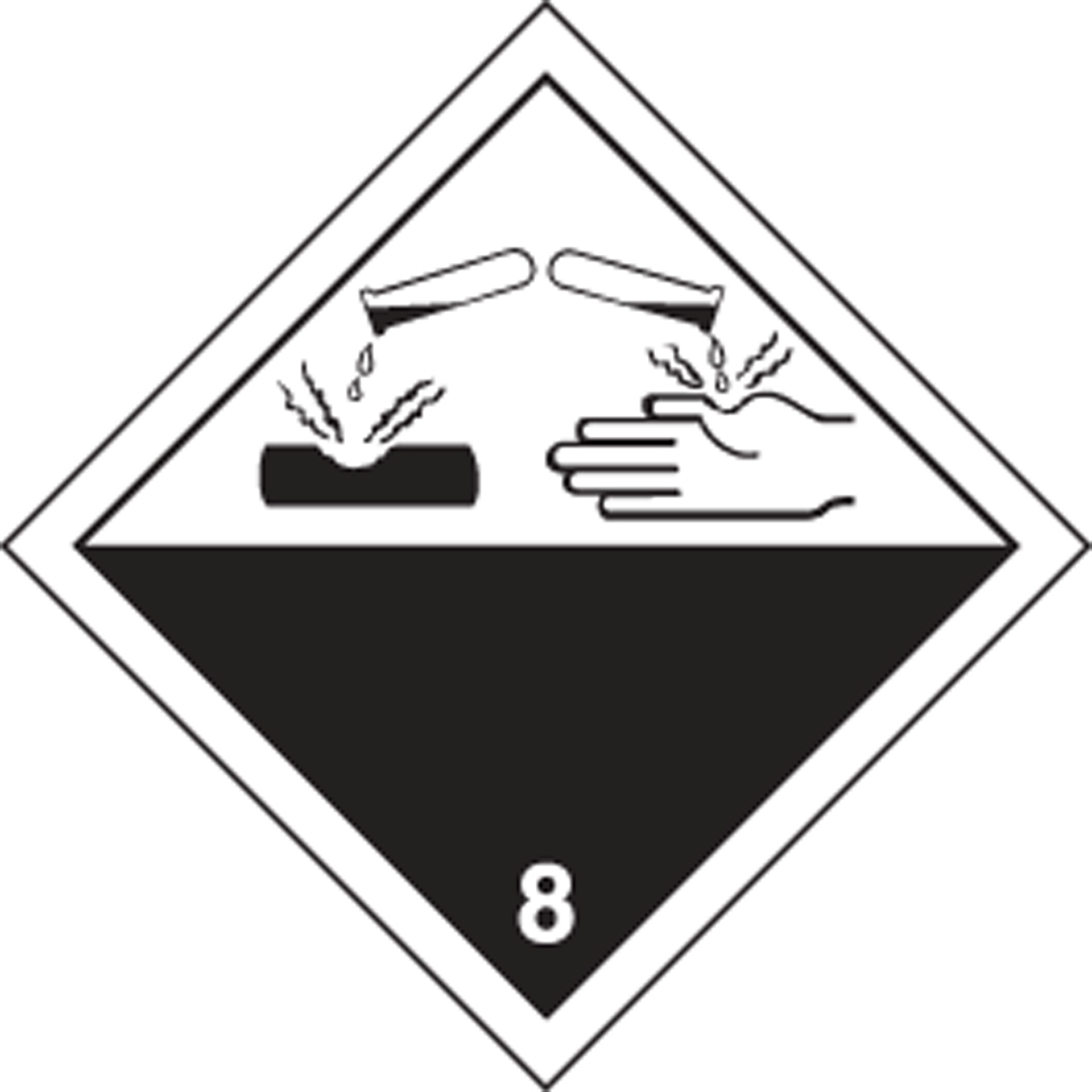
Transport labels dangerous goods
Recommendations on the Transport of Dangerous Goods - UNECE Transport Dangerous Goods Published: February 2022 These recommendations have been developed in the light of technical progress, the advent of new substances and materials, the exigencies of modern transport systems and, above all, the requirement to ensure the safety of people, property and the environment. Classes 1-9 of dangerous goods explained Dangerous goods are classified into 9 different classes, based on the dangerous properies of the goods or substance. ... Transport index Label <0.005 mSv/h: 0 >0.005 <0.5 mSv/h: 0-1 >0.5 <2 mSv/h: 1-10: Other regulations and labels apply to radioactive waste and materials exceeding the limits for Type A packages. See also: List of all items in ... Transportation of Dangerous Goods (TDG) - Dangerous Goods Safety Marks ... The labels must be displayed on any side of the outer surface of a means of containment other than the side on which it is intended to rest or be stacked during transport. For a cylinder containing dangerous goods, the label must be displayed on or near the shoulder of the cylinder as shown below [Subsection 4.10 (3)].
Transport labels dangerous goods. Dangerous Goods Labels - JALCARGO Miscellaneous Dangerous Goods: RMD: MARK: Substances or mixtures dangerous to the aquatic environment. Keep people and cargo away under instructions of the supervisor. TS_30_130520 (PDF Approx 39KB) Handling Labels Cargo Aircraft Only: CAO: Transport permitted on Cargo Aircraft only. (Forbidden on Passenger Aircraft) TS-DG210 (PDF Approx 540KB ... Dangerous Goods Safety Marks - Transport Canada If the safety marks are not visible through the overpack, the primary class label and each subsidiary class label for each of the dangerous goods, as well as the shipping name and UN number, must be displayed on the overpack. Also, depending on the size of the overpack, this information is required on either one or two opposite sides. Shipping Dangerous Goods - Ground Transport Guide - Labelmaster Labelmaster's DGIS Express hazmat shipping software programs streamline the process of filling out Shipper's Declaration of Dangerous Goods, UPS, FedEx, IMO and Multimodal dangerous goods form and more. You'll also find a complete selection of driver forms and vehicle inspection forms required by 49 CFR. 49 CFR Dangerous Goods Labeling & Marking Guide | Klinge Corp Transport labels for dangerous goods must be clearly printed on or affixed to the surface of the package in a location other than the bottom and near the shipping marking, as they inform how to transport, handle and store dangerous goods. On the other hand, marking conveys the specific hazards dangerous goods pose more specifically than labeling.
GHS pictograms | UNECE the GHS pictograms applicable to sectors other than transport of dangerous goods (i.e. pictograms with the red border) the pictograms for transport of dangerous goods (usually referred to as "labels" in transport of dangerous goods regulations) applicable to transport classes for which an equivalent GHS hazard class exists. How to Ship Dangerous Goods | Federal Aviation Administration operates a vehicle used to transport hazardous materials or dangerous goods. Step 4 : Have a trained employee look up the material in the Hazardous Materials Table or the ICAO TI, as required, to determine the authorized quantities permitted to be shipped, labels required, and the allowable packaging as per the 49 CFR Part 173 or the applicable ... Transport Labels, Hazchem, ADR Plates, Placards & Holders warning diamond PLACARDs Placarding refers to the 'hazard warning diamonds' that are required for tankers carrying bulk quantities of hazardous substances and other vehicles carrying class 1 or class 7 goods in packages. Placards are 250mm square and must be displayed according to the type of load. panel and placard holders Marking and Labeling of Dangerous GoodsSimplifying IMDG Code Consignment procedures of dangerous goods is nothing but procedures for communicating hazard involved in dangerous goods while in transport. The potential hazard, specific nature of goods requiring segregation, stowage conditions etc. are communicated through marks, labels, placards and document. A dangerous goods which is correctly classified, identified with proper shipping name and ...
› un3363-dangerousUN3363 Dangerous Goods in Machinery - ICC Compliance Center Aug 22, 2020 · The dangerous goods within the machinery or apparatus must have a listed “limited quantity” (LQ) amount and cannot exceed this quantity within the device. Particular regulations (e.g., IATA DGR PI 962, 49 CFR 173.222) may restrict the quantity per package or per item to an amount less than the LQ. A Guide to Hazard Labels | Air Sea Containers Hazard Label Size. Dependent on the size of the package, appropriate hazard labels and markings must be used - the most common is 100mm x 100mm. Information about label sizes can be found within relevant dangerous goods regulations for the method of transport chosen (IATA, ADR IMDG) and further information can be found on our Hazard Labels page. Marking & Labeling Your Shipment | Federal Aviation Administration Marking and labeling are important steps when preparing a dangerous good package for transportation. Labels often communicate the hazards associated with the package, and markings ensure the shipment is handled so that spills, accidents and exposure are prevented. What are UN numbers and what product do you need to ship them safely ... The UN number system is administered by the United Nations under its Model Regulations on the Transport of Dangerous Goods (The "Orange Book" or UNMR) and is accepted generally worldwide via its incorporation in the Dangerous Goods Lists (DGL's) present in all in-force modal regulations (ICAO TI, IMDG Code, US 49 CFR, EU ADR, etc). This has ...
Australian Dangerous Goods Code | National Transport Commission For information on transporting dangerous goods by sea please contact the Australian Maritime Safety Authority on +61 (2) 6279 5000. For enquiries relating to the national dangerous goods transport legislative maintenance process and the national model laws, please email enquiries@ntc.gov.au.
IATA - Dangerous Goods Transport Survey Highlights Challenges London - The International Air Transport Association (IATA) and Labelmaster, and Hazardous Cargo Bulletin, announced the results of their seventh annual 2022 Global Dangerous Goods Confidence Outlook.The survey results underscored the need for greater process consistency, increased automation and more reliable data to facilitate the safe and secure transport of dangerous goods (DG).
Dangerous Goods Labels/Packaging Labels Archives - Labeline.com The signed documentation that accompanies your dangerous goods label is likely to be completed by an employee who is then legally responsible for that shipment. You need to ensure your dangerous goods packaging, inner packaging, DG labelling and documents comply with international regulations and standards. Leading Regulatory Provider
unece.org › transport › dangerous-goodsDangerous Goods | UNECE Dec 14, 2021 · The amendments to the Agreement concerning the International Carriage of Dangerous Goods by Road (ADR) adopted in 2020, 2021 and 2022 by the Working Party on the Transport of Dangerous Goods (WP.15) were notified to the ADR Contracting Parties on 6 July 2022.
Transportation of Dangerous Goods (TDG) - Dangerous Goods Safety Marks ... The labels must be displayed on any side of the outer surface of a means of containment other than the side on which it is intended to rest or be stacked during transport. For a cylinder containing dangerous goods, the label must be displayed on or near the shoulder of the cylinder as shown below [Subsection 4.10 (3)].
Classes 1-9 of dangerous goods explained Dangerous goods are classified into 9 different classes, based on the dangerous properies of the goods or substance. ... Transport index Label <0.005 mSv/h: 0 >0.005 <0.5 mSv/h: 0-1 >0.5 <2 mSv/h: 1-10: Other regulations and labels apply to radioactive waste and materials exceeding the limits for Type A packages. See also: List of all items in ...
Recommendations on the Transport of Dangerous Goods - UNECE Transport Dangerous Goods Published: February 2022 These recommendations have been developed in the light of technical progress, the advent of new substances and materials, the exigencies of modern transport systems and, above all, the requirement to ensure the safety of people, property and the environment.

500 4.25" X 4.25" ORM-D Shipping Labels, Diamond Limited Quantity of Dangerous Goods Labels by Kenco (Blank Limited Quantity Pallet)
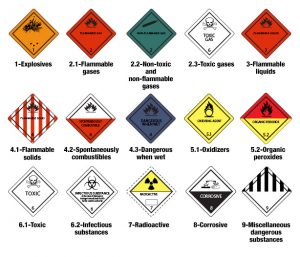

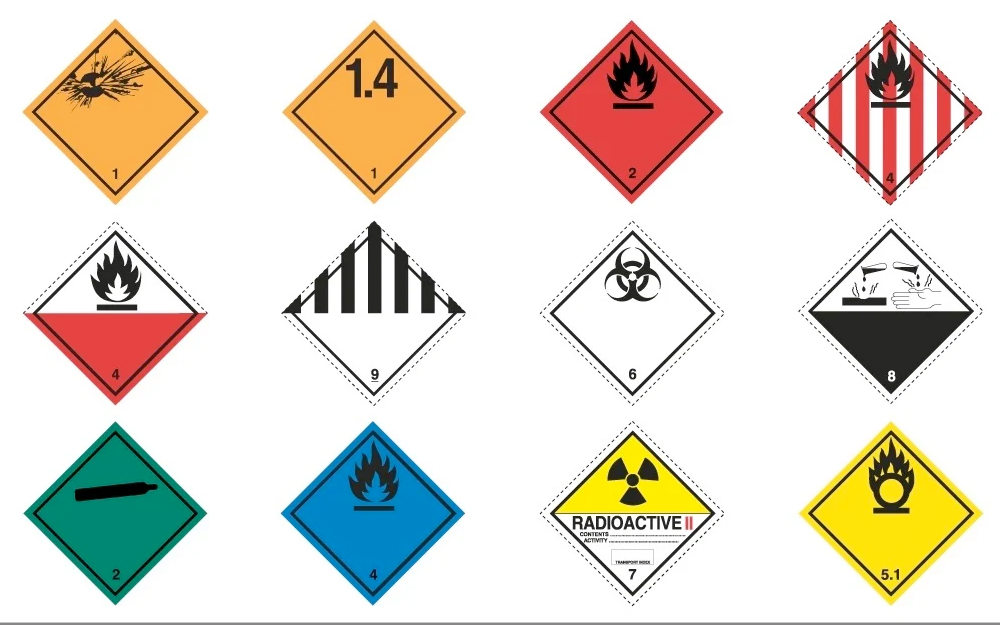





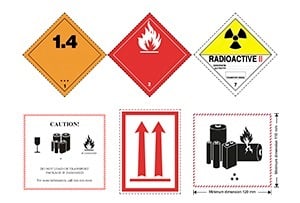
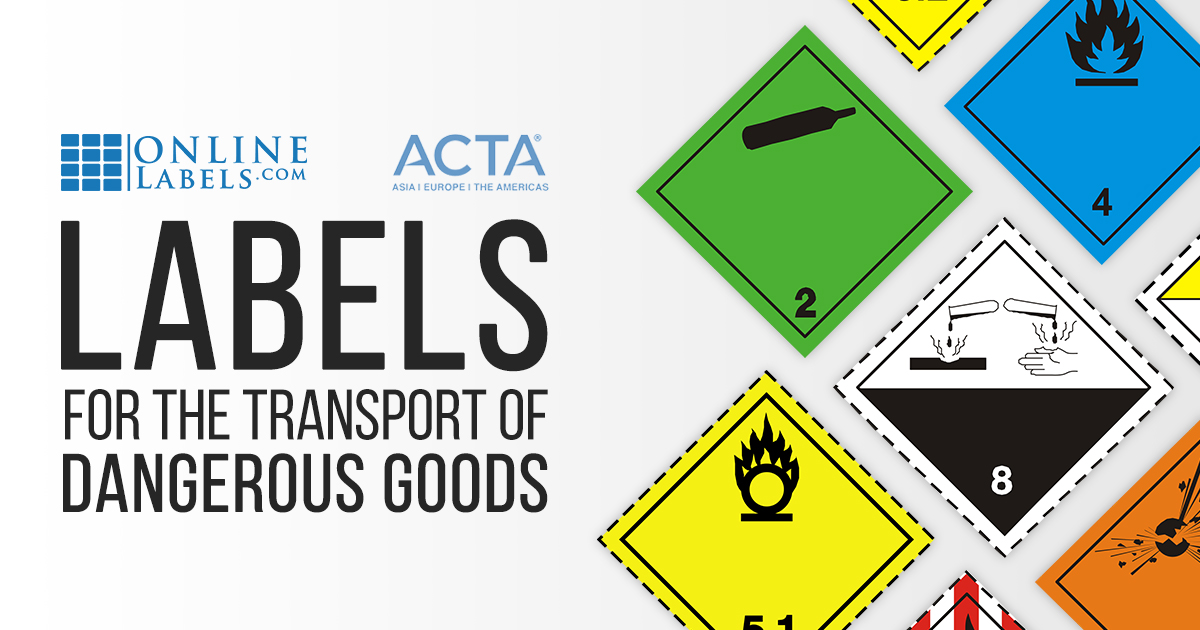




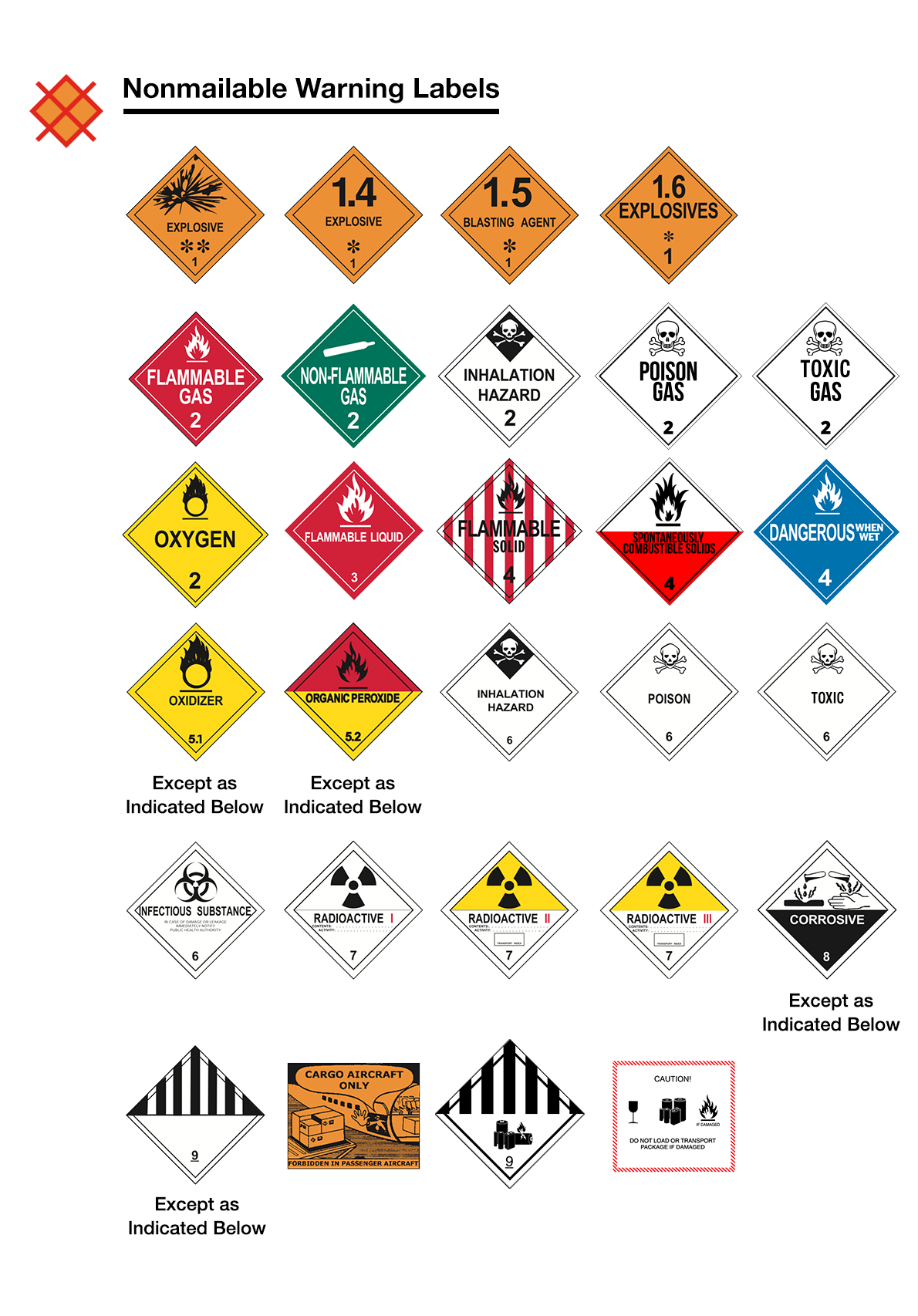
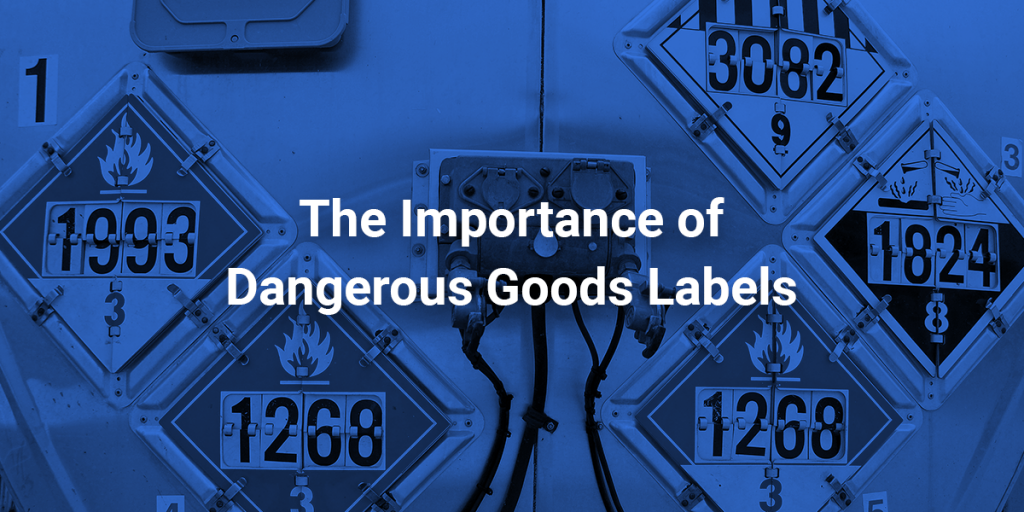

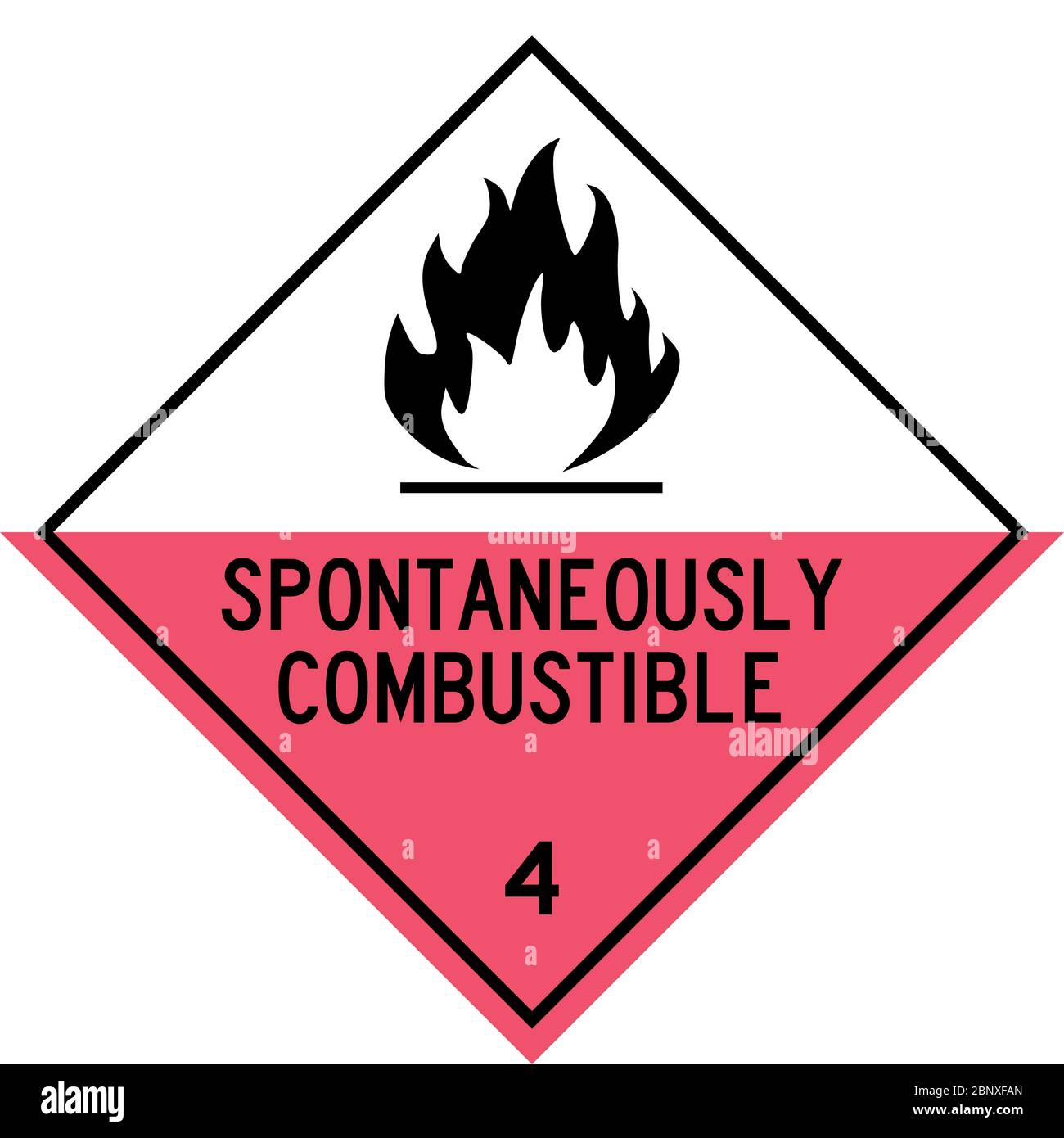
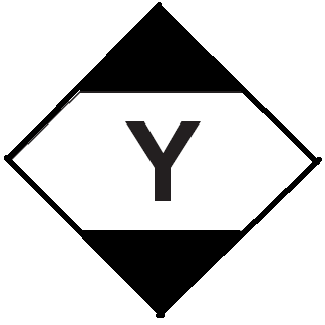
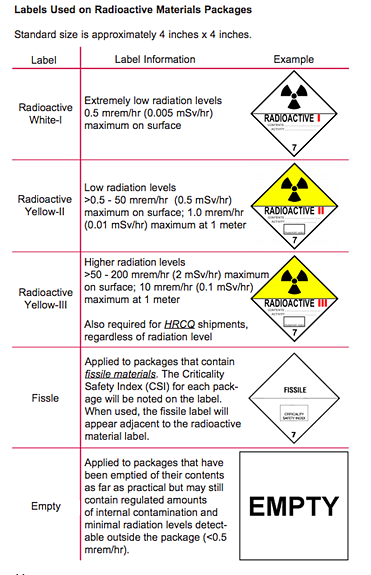

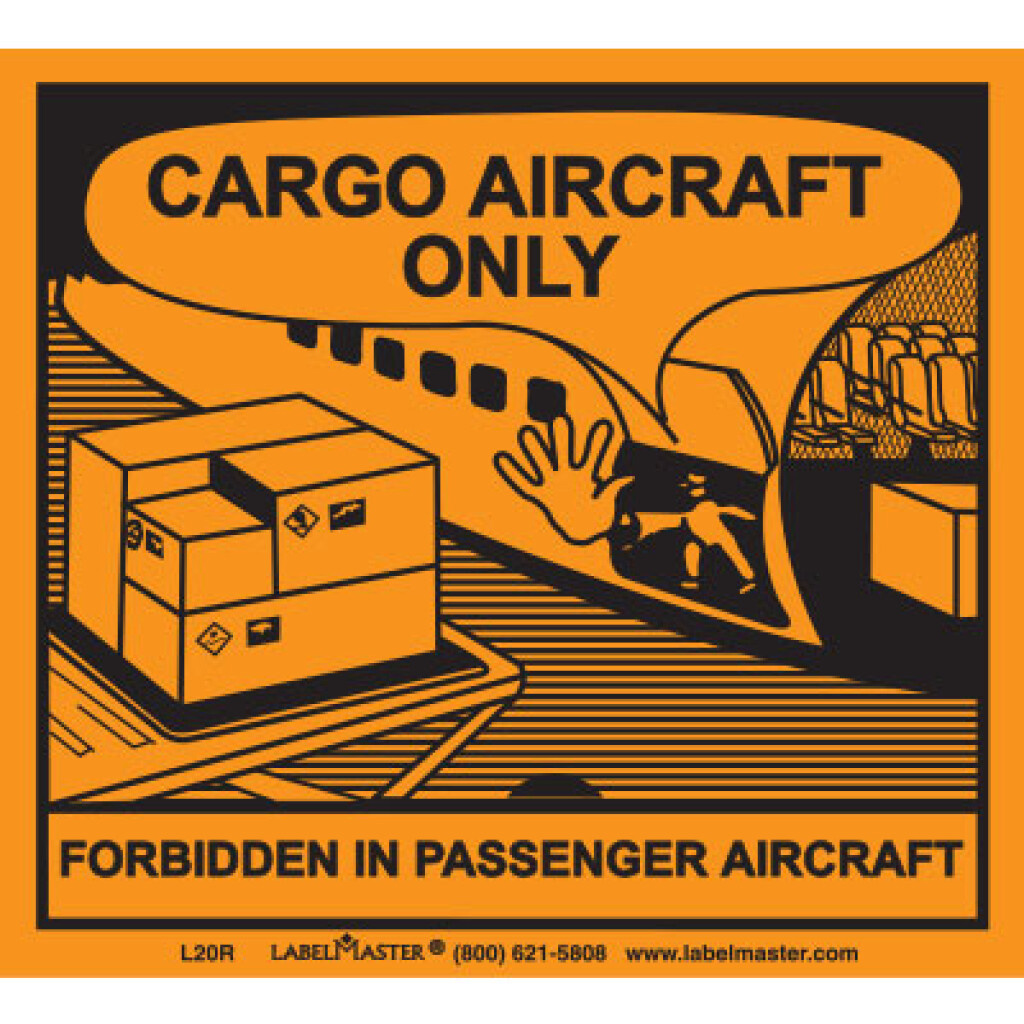
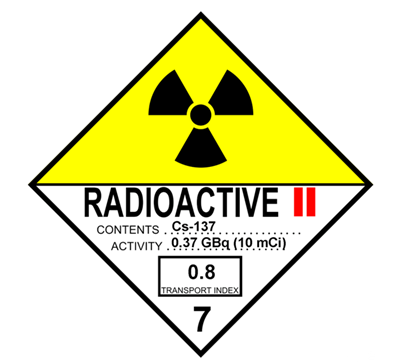



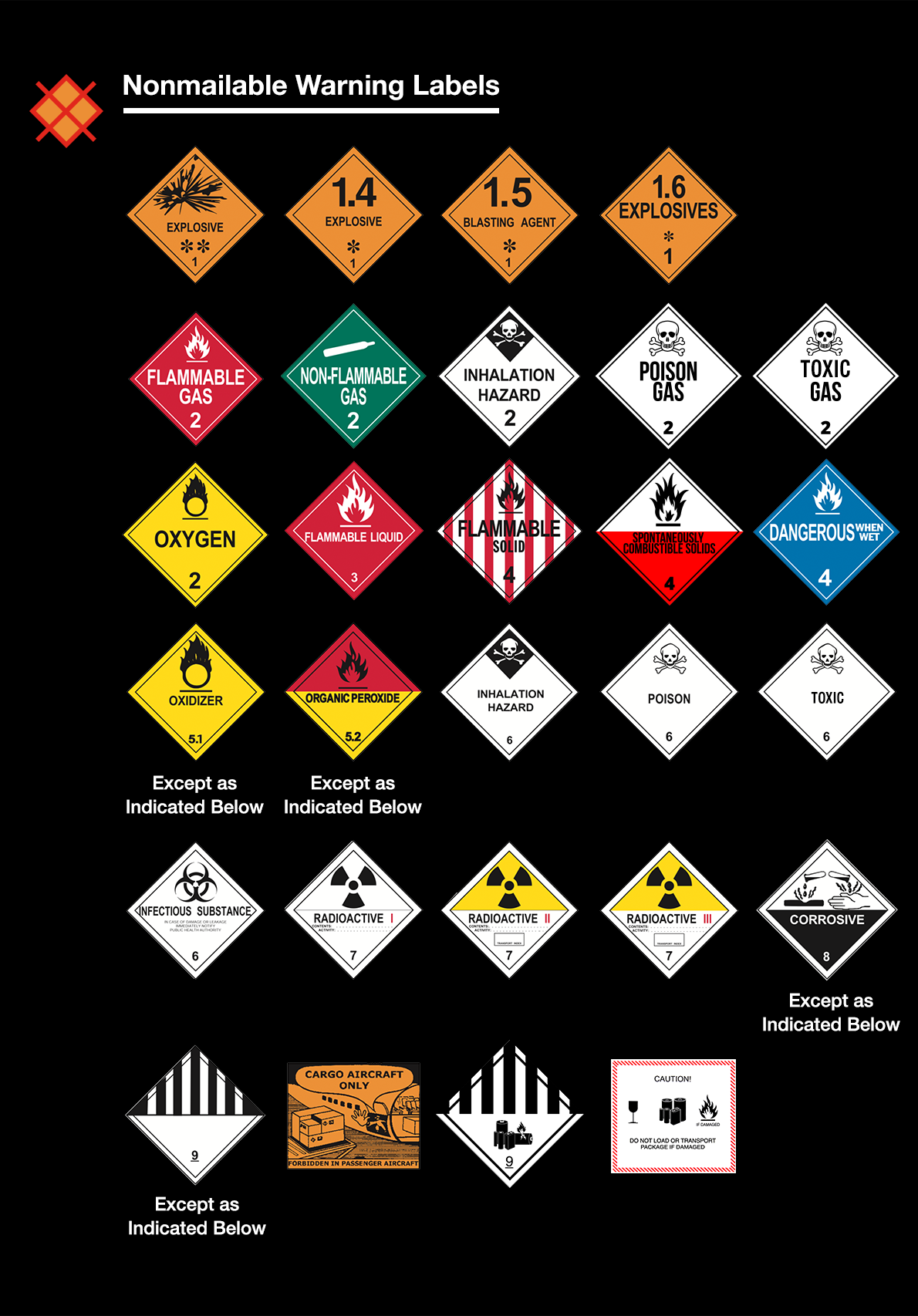
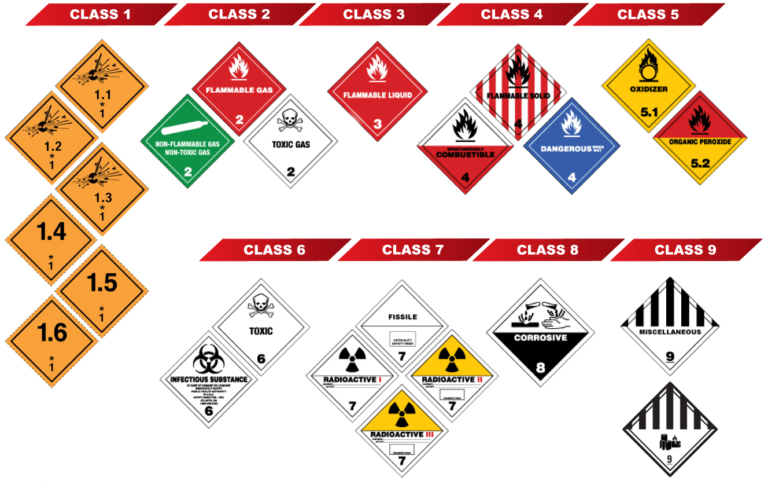


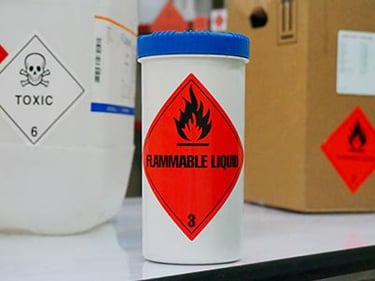
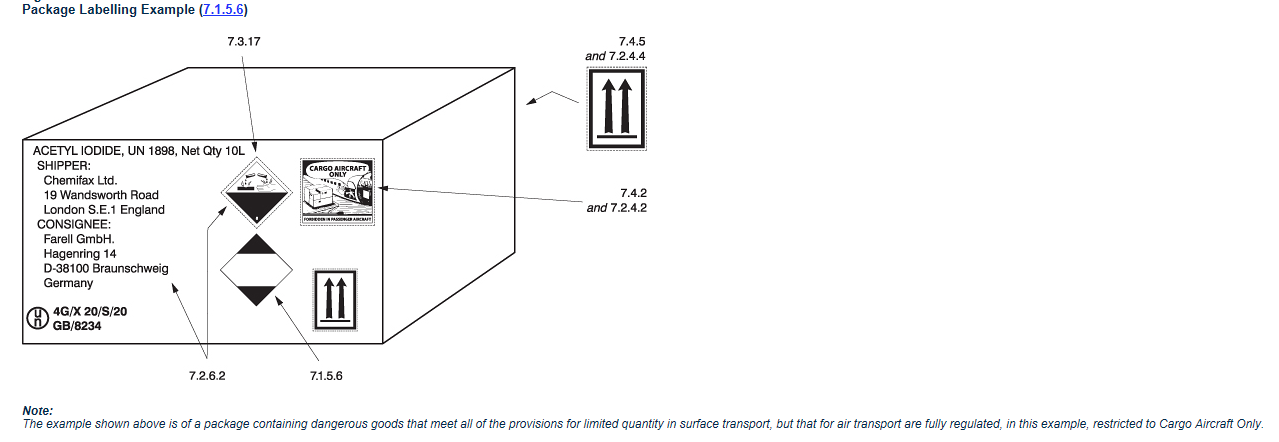
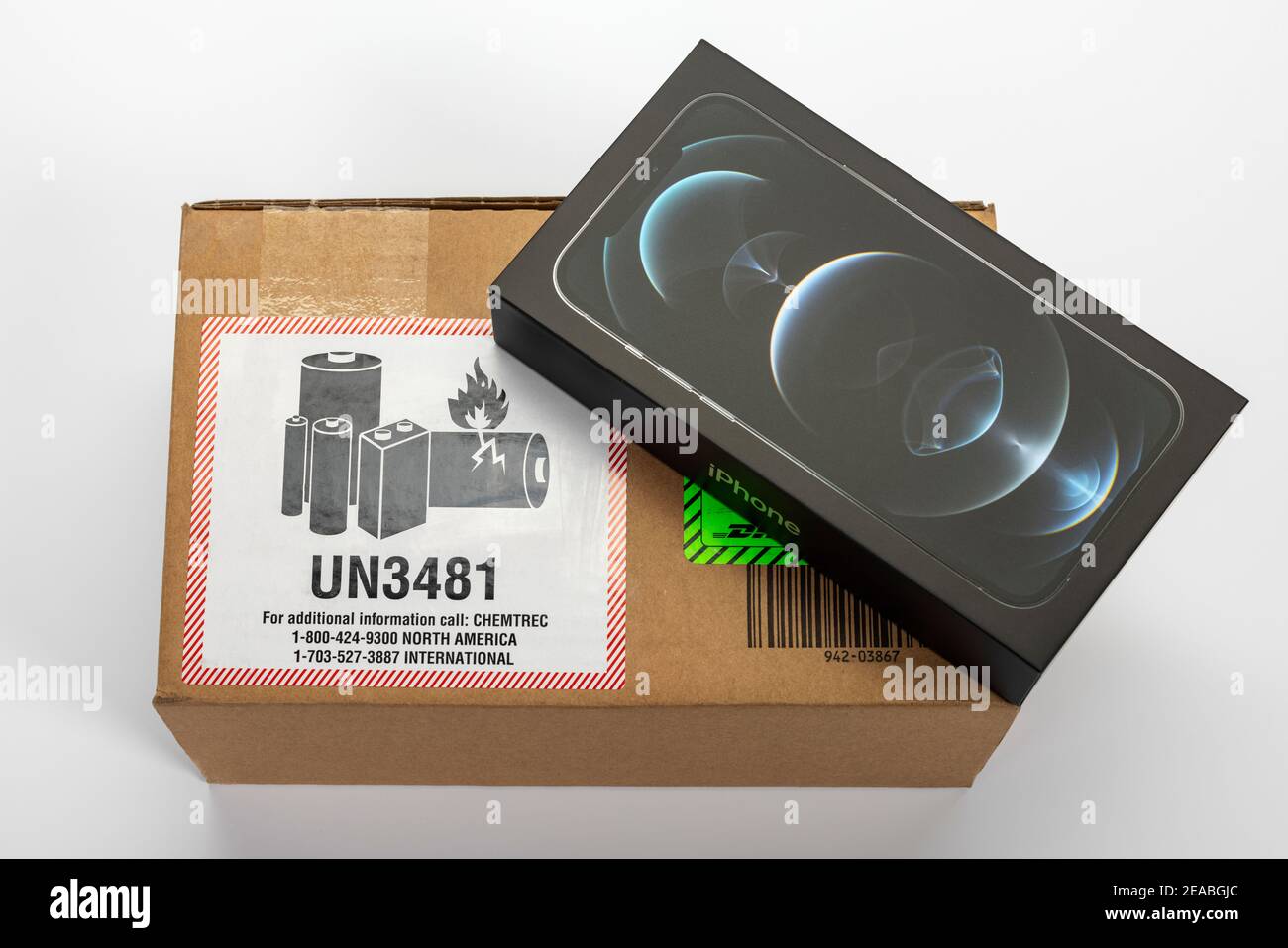
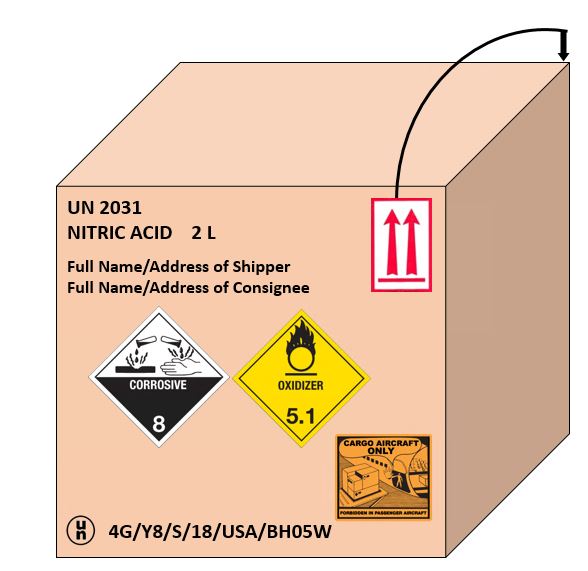
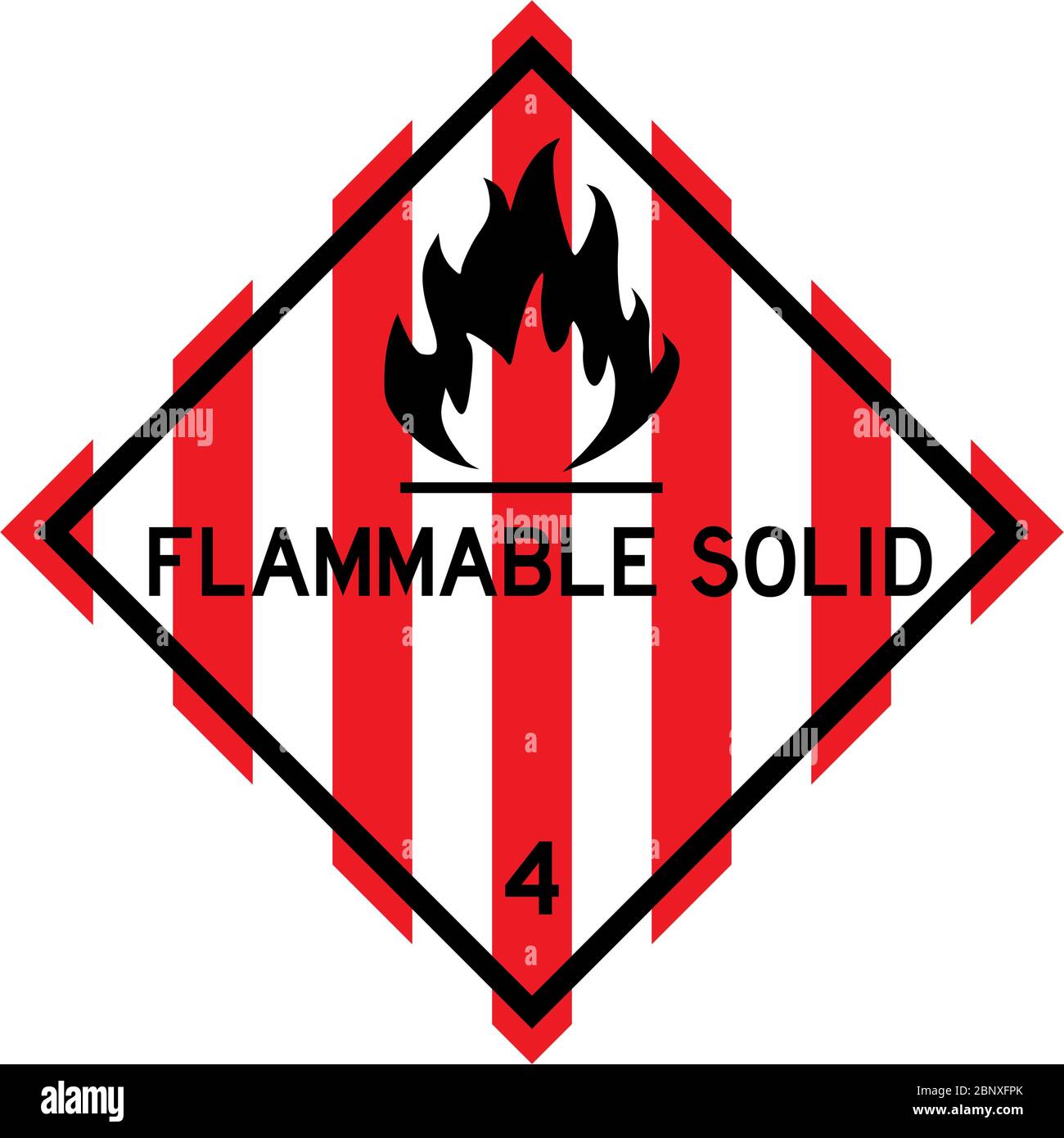




Post a Comment for "42 transport labels dangerous goods"